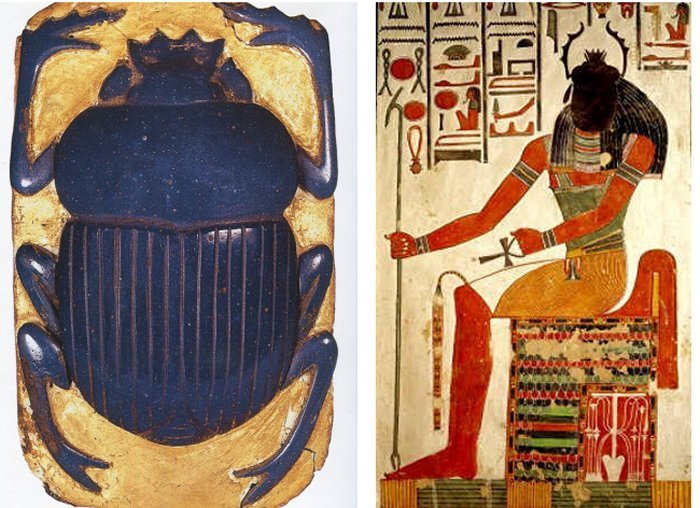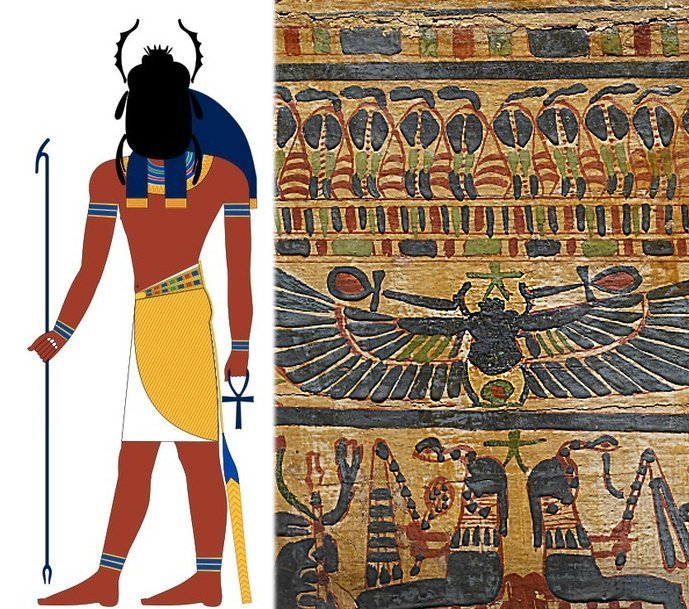Khepri – Egyptian Progenitor God, Spirit Of Life, Resurrection And The Rising Sun
A. Sutherland - AncientPages.com - Khepri is one of the important deities of Egyptian mythology. Khepri was the god of creation, the movement of the sun, life, and resurrection.
His name Khepri is also spelled as Khepera, Khepra Kheper, and Chepri, which literally means "He Who is Coming into Being."
The root word of 'Khepri' also means "to create" or "to transform" and also "scarab beetle."
Symbolism Of God Khepri
Khepri - the self-existent creator god - was associated with the scarab or dung beetle due to the scarab’s habit of rolling a ball of mud or dung along the ground. Observing the insect’s behavior, the Egyptians interpreted it as similar to the ball moving across the sky daily.
Khepri was the god of the first sunrise at the dawn of the creation, and sometimes, he also symbolized the sun in general, which means he was linked with the solar god Ra.
However, his main mythological role was that of the rising sun from the horizon.
In the texts of the Book of the Dead, Khepri appeared in reference to the symbolism of the resurrection as a divine being who possessed a secret power of constant rebirth.
Veneration Of Scarab Goes Back Thousands Of Years
Some Egyptologists believe that Khephri was among the most ancient deities of Egypt. His depictions were found in most Egyptian temples, and he was worshiped as one of the aspects of the Egyptian sun god, Ra.
It is also widely known that worship of a deity in the form of a scarab goes back to the Paleolithic epoch (10,000 to 20,000 years ago). Thus, it long predates veneration of Khepri in Egypt.
Religion And Appearance Of Khepri
The ancient Egyptians believed that Khepri created himself and associated him with rebirth, renewal, and resurrection.
Sacred scarab statue in the Temple of Amun, erected by Amenhotep III and dedicated to the sun god Atum-Kheperre, New Kingdom
There was no official cult devoted to Khepri but based on his numerous depictions, he was highly honored in ancient Egypt.
Khepri was mainly portrayed as a scarab beetle. However, in some tomb paintings and funerary papyri, he was identified as a human male with the head of a scarab or as a man wearing a scarab (or dung beetle) as a crown. Sometimes, he was wearing a crown more frequently associated with Osiris.
In paintings of the scarab, the ancient Egyptian artists usually used the scarab’s blue or lapis lazuli to emphasize the beetle’s connection to the blue sky. However, in paintings of funerary scenes, this insect was shown black.
Scarab Amulets Of Great Value
The scarab amulets used by the Egyptians as jewelry and as seals were formed in his scarab-like image. People believed in Khepri’s strong power of protection and blessings coming through these objects.
Therefore, the scarab amulets that symbolized good health and longevity were frequently unearthed in ancient Egyptian temples and houses of the living. If scarabs were placed under the coffin, it was believed that no magical or spiritual force could harm the deceased.
Medallions with scarabs were then put into the tombs of the pharaohs to speed their resurrection by the side of Osiris.
God Khepri; Right: Coffin Panel with Paintings of Funerary Scenes. Source: Walters Art Museum via Wikipedia
In the Complete Gods and Goddesses of Ancient Egypt, Richard H. Wilkinson writes that “it has been suggested that the underground tunnels of the insect take the same form as he vertical shaft and horizontal passage found in Old Kingdom mastaba tombs and that the pupae of the insect [scarab] resemble the bandaged mummy of the deceased…”
However, Wilkinson writes, “there is no indication that the Egyptians themselves recognized such similarities, for these types of embellishments to the lore of the scarab were recorded by Classical writers such as Plutarch…”
Written by – A. Sutherland - AncientPages.com Senior Staff Writer
Copyright © AncientPages.com All rights reserved. This material may not be published, broadcast, rewritten or redistributed in whole or part without the express written permission of AncientPages.com
More From Ancient Pages
-
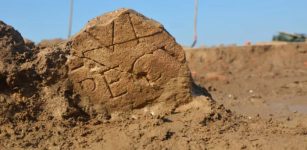 Surprising Discovery Of Almost Intact Roman Sanctuary With Temples In The Netherlands
Archaeology | Dec 23, 2022
Surprising Discovery Of Almost Intact Roman Sanctuary With Temples In The Netherlands
Archaeology | Dec 23, 2022 -
 500-Year-Old Shiva Temple Constructed On Rock Without Foundation Pits Needs Repairs
News | Sep 7, 2015
500-Year-Old Shiva Temple Constructed On Rock Without Foundation Pits Needs Repairs
News | Sep 7, 2015 -
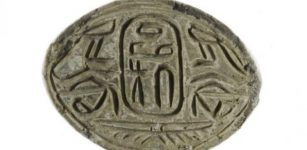 Hyksos: 15th Dynasty Rulers Of Ancient Egypt, Were An Internal Takeover
Archaeology | Jul 15, 2020
Hyksos: 15th Dynasty Rulers Of Ancient Egypt, Were An Internal Takeover
Archaeology | Jul 15, 2020 -
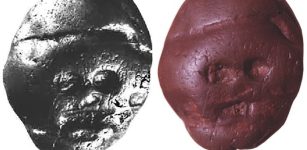 Why Are Manuports Like The Makapansgat Cobble Interesting Archaeological Artifacts?
Artifacts | Mar 15, 2024
Why Are Manuports Like The Makapansgat Cobble Interesting Archaeological Artifacts?
Artifacts | Mar 15, 2024 -
 King Offa Of Mercia And The Murder Of King Ethelbert – Revenge Or Jealousy?
Featured Stories | Jul 19, 2018
King Offa Of Mercia And The Murder Of King Ethelbert – Revenge Or Jealousy?
Featured Stories | Jul 19, 2018 -
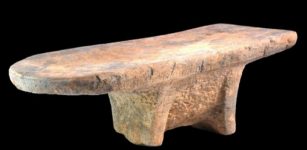 Evidence Of A 2,000-Year-Old Curry, The Oldest Ever Found In Southeast Asia
Featured Stories | Jul 25, 2023
Evidence Of A 2,000-Year-Old Curry, The Oldest Ever Found In Southeast Asia
Featured Stories | Jul 25, 2023 -
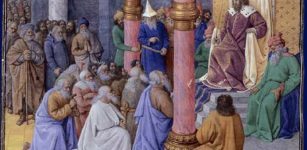 On This Day In History: Cyrus The Great Enters Capital Of Babylon And Allows Jews Return To Their Land – On Oct 29, 539 BC
News | Oct 29, 2016
On This Day In History: Cyrus The Great Enters Capital Of Babylon And Allows Jews Return To Their Land – On Oct 29, 539 BC
News | Oct 29, 2016 -
 Secret Ancient Knowledge Of Portals Leading To Unknown Realms -The Arrival And Departure – Part 1
Featured Stories | Dec 1, 2021
Secret Ancient Knowledge Of Portals Leading To Unknown Realms -The Arrival And Departure – Part 1
Featured Stories | Dec 1, 2021 -
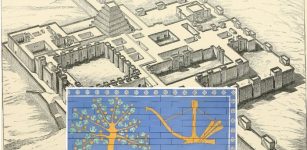 Mystery Of Ancient Symbols On A 2,700-Year-Old Temple In Khorsabad, Iraq – Solved
Archaeology | May 3, 2024
Mystery Of Ancient Symbols On A 2,700-Year-Old Temple In Khorsabad, Iraq – Solved
Archaeology | May 3, 2024 -
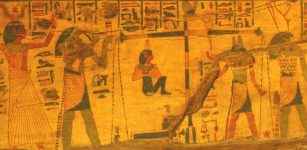 Meskhenet: Egyptian Goddess Of Household And Childbirth Who Governed Over Fate And Destiny
Egyptian Mythology | Mar 14, 2019
Meskhenet: Egyptian Goddess Of Household And Childbirth Who Governed Over Fate And Destiny
Egyptian Mythology | Mar 14, 2019 -
 Battle Of Himera: New Study That Contradicts Historical Accounts
News | May 24, 2021
Battle Of Himera: New Study That Contradicts Historical Accounts
News | May 24, 2021 -
 Tomography And Radiocarbon Dating Used To Examine Australian Aboriginal Knife
Archaeology | Jul 3, 2023
Tomography And Radiocarbon Dating Used To Examine Australian Aboriginal Knife
Archaeology | Jul 3, 2023 -
 Massive Well-Preserved Second Temple-Era Aqueduct Unearthed In Jerusalem
Archaeology | Aug 29, 2023
Massive Well-Preserved Second Temple-Era Aqueduct Unearthed In Jerusalem
Archaeology | Aug 29, 2023 -
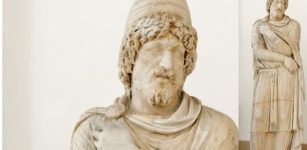 Barbarians Were People Who Didn’t Speak Greek
Ancient History Facts | Jan 18, 2016
Barbarians Were People Who Didn’t Speak Greek
Ancient History Facts | Jan 18, 2016 -
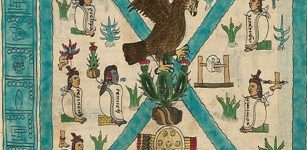 What Is The Codex Mendoza?
Ancient History Facts | Feb 14, 2016
What Is The Codex Mendoza?
Ancient History Facts | Feb 14, 2016 -
 How Climate Change Contruibuted To The Transition From Nomadic Hunter-Gatherers To Settlement And Farming Societies
Archaeology | Nov 27, 2021
How Climate Change Contruibuted To The Transition From Nomadic Hunter-Gatherers To Settlement And Farming Societies
Archaeology | Nov 27, 2021 -
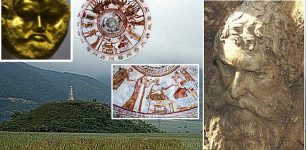 Remarkable Thracian Tomb In Huge Mound Necropolis Of Kazanlak, Bulgaria
Featured Stories | May 13, 2024
Remarkable Thracian Tomb In Huge Mound Necropolis Of Kazanlak, Bulgaria
Featured Stories | May 13, 2024 -
 Rare 3,000-Year-Old Gold Bead Found On Temple Mount By Young Boy
Archaeology | Nov 30, 2020
Rare 3,000-Year-Old Gold Bead Found On Temple Mount By Young Boy
Archaeology | Nov 30, 2020 -
 Well-Preserved Fragments Of Epetion’s Wall Discovered At The Hellenistic Site Of Stobreč, Near Split, Croatia
Archaeology | Oct 11, 2024
Well-Preserved Fragments Of Epetion’s Wall Discovered At The Hellenistic Site Of Stobreč, Near Split, Croatia
Archaeology | Oct 11, 2024 -
 Biblical Prophet Jeremiah Whose Prophecies Disappointed People
Biblical Mysteries | Jan 30, 2019
Biblical Prophet Jeremiah Whose Prophecies Disappointed People
Biblical Mysteries | Jan 30, 2019

